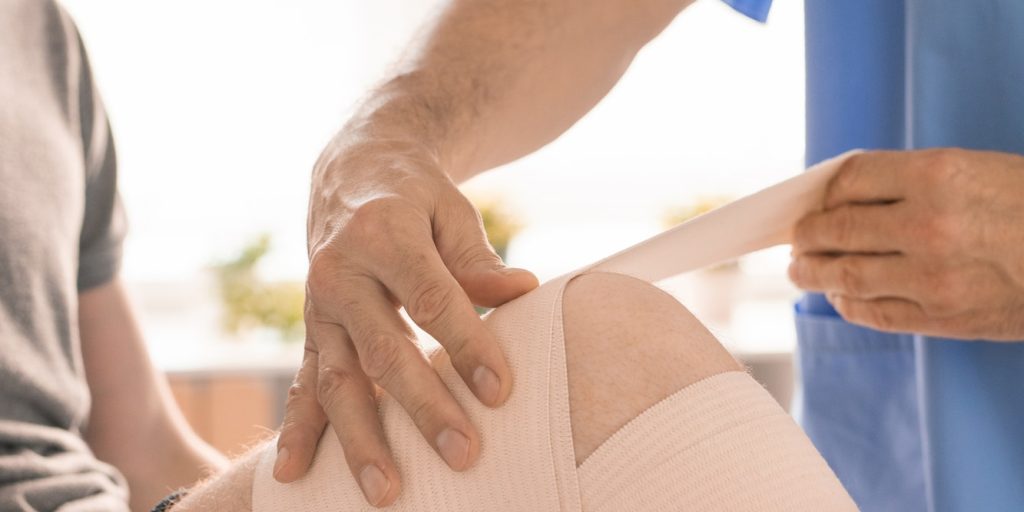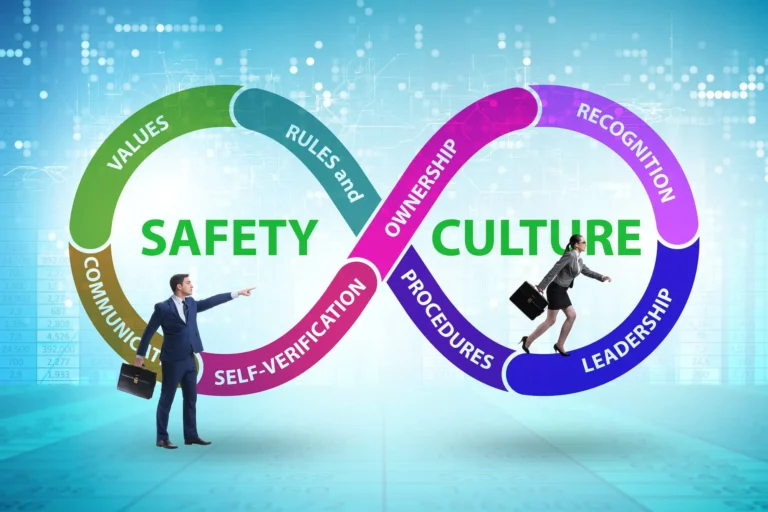Learning first aid is an important life skill that can help save lives in emergencies. Earning certification is the best way to ensure you are well-versed in the basics of first aid and have the knowledge and skills necessary to respond quickly and effectively.
This guide will provide a comprehensive overview of what it takes to master the fundamentals of first aid, as well as how to get certified with ease.
With step-by-step instructions, helpful tips, and advice from experts, this guide will show you how to become a pro at handling any situation safely and confidently.
Essential Safety Practices and Procedures

Good safety practices and procedures are some of the most essential elements to master when learning first aid and earning certification. Knowing how to correctly assess a situation, establish communication with those affected, and properly administer medical treatment or support is key.
Different scenarios require different approaches, from minor scrapes requiring basic sanitation techniques to life-threatening injuries that necessitate CPR or automated external defibrillation (AED) usage.
The ability to recognize signs of danger can also be integral in helping prevent potential accidents from occurring; knowing when additional protective measures need to be taken can save lives.
It is important for everyone who may find themselves in a dangerous situation — whether they’re certified professionals or not — to understand what steps they should take next and maintain proper situational awareness at all times.
Staying alert while on the job has never been more important than now, so having an understanding of fundamental safety protocols can make it easier for you both physically and mentally during difficult situations.
Not only will this ensure your well-being but help protect those around you as well; thus making mastering these basics paramount before attaining certification in first aid training programs.
Understanding Common Injuries and Illnesses
When it comes to being prepared for emergencies, having a basic understanding of common injuries and illnesses is an essential part of any first-aid training. Knowing the signs and symptoms associated with different ailments can help you provide more efficient care when responding to medical emergencies.
From minor cuts and scrapes to life-threatening heart attacks, this guide will give you the information necessary to understand common injuries and illnesses so that you can confidently take action in emergencies.
The most important element of providing successful first aid treatment is accurately assessing the situation at hand. A few key factors should be taken into account such as age, existing conditions or allergies, physical condition of the injured person or patient, location of incident, current environment (i.e., temperature), presence of weapons or hazardous materials etc.
Once these considerations have been made it’s time to move on to identifying the type of injury or illness by looking for clues from body language; noticing any changes in skin color; listening for breathing rate/rhythm; feeling pulse rate etc.
It’s very important to remember that proper diagnosis may require more specialized tools like thermometers or blood pressure cuffs depending on what is available on site.
Once all relevant information has been gathered and evaluated several steps need to be taken:
- Stabilization – preventing further harm from occurring through immobilization/splinting if needed
- Relief – reducing pain levels by applying cold packs/dressings where appropriate
- Referral – seeking medical help if required either via calling 911/other emergency services or transporting them yourself if possible
- Follow up – assessment post response including making sure they receive proper medical attention afterward etc.

Assessing Injury Severity and Providing Care
Assessing injury severity is an important part of mastering first aid and earning certification. Knowing how to properly assess a person’s injuries can help determine the best course of action for providing care in any given situation.
For instance, if you encounter someone with a broken bone, it would be inappropriate to provide them with the same type of care as if they had simply scraped their knee. Therefore, understanding how to accurately diagnose an injury and its related risks is key to providing proper care.
This includes being able to recognize signs such as severe bleeding or shock that may require more immediate attention than other less life-threatening conditions. It also involves having knowledge about what types of treatments are appropriate for different injuries and when professional medical assistance should be sought out instead.
By exercising this level of judgment when assessing an individual’s condition, one can employ the most effective approach toward providing excellent first aid in any given scenario!
Conclusion

Learning first aid is an important skill that everyone should have. With the right resources and guidance, anyone can become certified in first aid.
This guide provides helpful information on learning basic skills and understanding the certification process so you can feel confident in your ability to help others in a time of need. With dedication and focus, you’ll be able to master the basics of first aid and earn your certification.
If you want to learn more about becoming certified in first aid, we have a guide that offers a great starting point for gaining knowledge and confidence.







